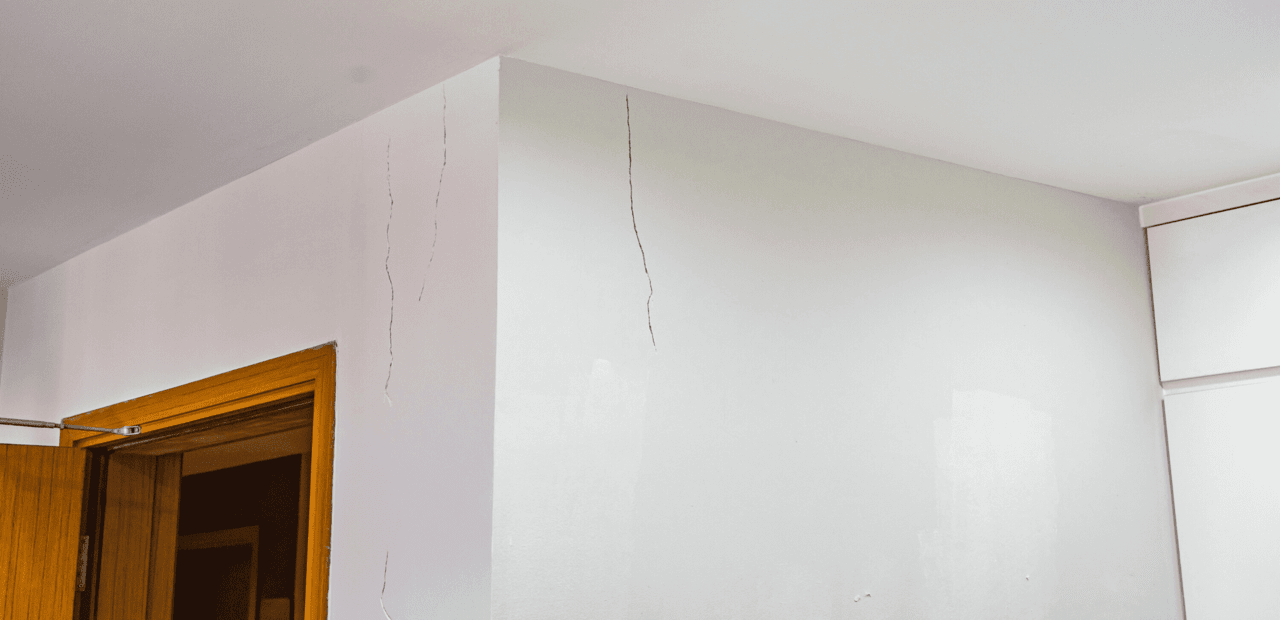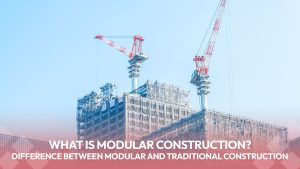Concrete cracks are very common and inevitable. Good supervision can bring down the chances of cracks.
There are two types of cracks generally:
- Structural Cracks
- Non-Structural Cracks
- 1. Structural cracks:
Structural cracks endanger the stability of the buildings and are of primary concern as they may be difficult to be rectified. Extensive cracking of slabs, foundation walls, beams, columns etc are examples of structural cracks. - Structural cracks may arise because of the following reasons:
- Incorrect design
- Overloading of the structural components
- Overloading of the soil in which the building is constructed.
- 2. Non-structural cracks:
Nonstructural cracks are generally due to internal forces developed in the buildings on account of the changes in the size of building components due to
- Moisture variation
- Temperature variation
- Effect of gasses, liquids, and solids on the building.
The non-structural cracks can be repaired provided the Cracks are identified and proper remedial measures are undertaken to prevent their reoccurrence. The cracks can be broadly classified as vertical, or horizontal, diagonal, toothed cracks, irregular cracks, or random cracks.
How to Repair Cracks: There are many methods of repairing wall cracks. It’s relatively easy to hide wall cracks if they are hairline cracks. Minor cracking that is purely cosmetic can be repaired or sealed with fillers and with paint. On the other hand, if your wall cracks are caused by an underlying structural defect then repairs can be expensive, time-consuming and inconvenient. Early rectification can save a lot of money and time. Repair options for significant wall cracks necessitate getting an expert assessment of the underlying cause of the crack to be addressed first.



